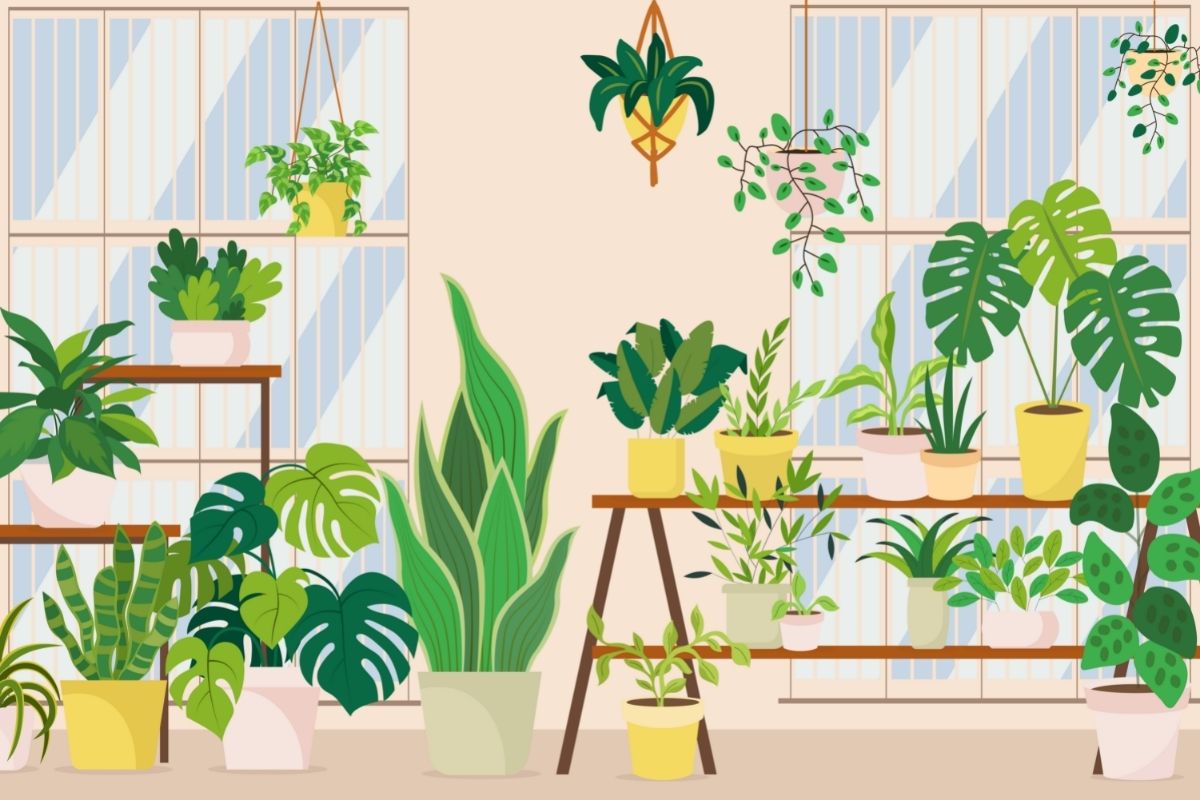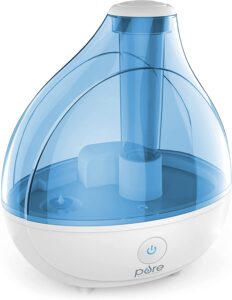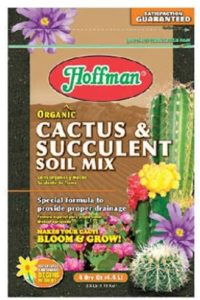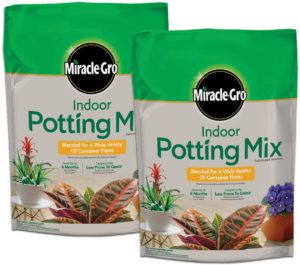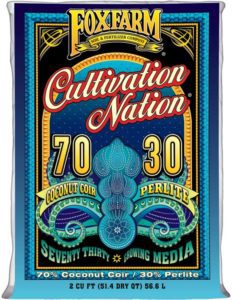Guest expert: Felip Gallegos, Plant Enthusiast and Store Associate at Planted by Christy
The easiest way to learn how to care for a philodendron is to ask your local plant shop for advice. Nothing beats talking to another plant lover about the issues you are having when it comes to your houseplant.
Plus, the store associate can easily show you which products would be best to deal with your problem. If you have a spider mite issue they can recommend an insecticide foliage spray. Or if your houseplant has yellow leaves they can help you figure out if it is because of root rot or if the plant needs to be watered more.
So that’s exactly what we did.
How to care for a philodendron, according to Planted by Christy
Over at Planted by Christy, they sell common houseplants like the ZZ plant, snake plant, and the cast iron plant at the front of their store. But, once you walk past the register in the middle of the store, there are rare houseplants like the philodendron gloriosum, syngonium pink splash, and the variegated Florida beauty. The store opened earlier this year and has quickly become a mecca for rare houseplant lovers.
We asked one of their plant experts, Felip Gallegos, what is a good rare plant that people can take of and he recommended philodendrons for beginners.
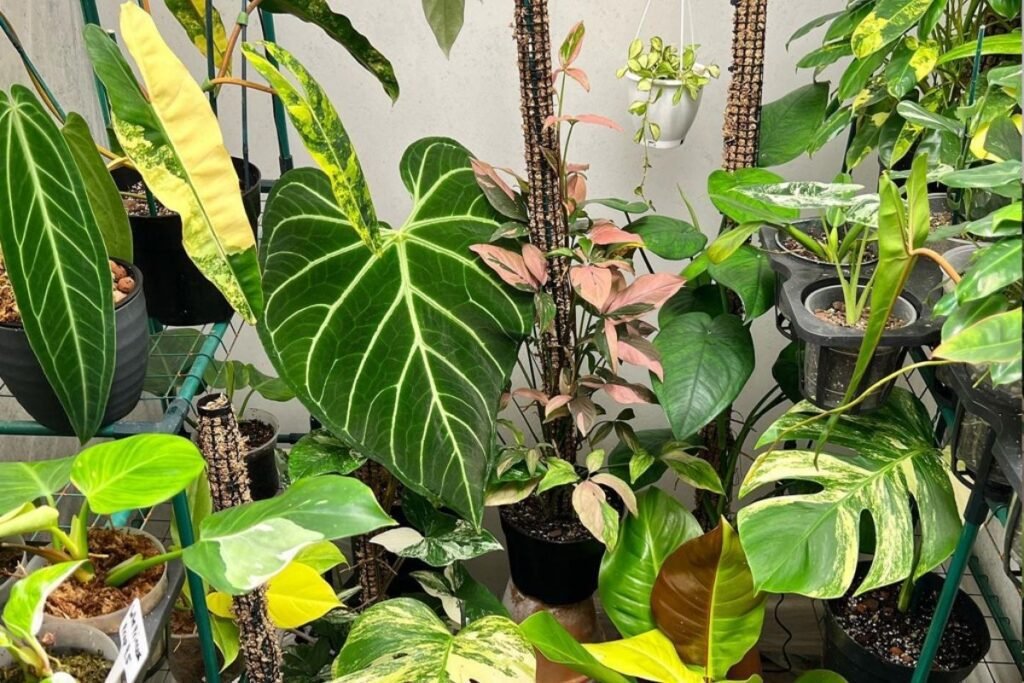
Q: You sell a lot of rare house plants, where are they imported from?
The plants we have in the store are imported from Southeast Asia which has a tropical climate. Once they arrive at the store we have to acclimate them to the weather and humidity of New York City first. That process could take anywhere from a month to six months. Once they are used to the environment, have a good root system, and new leaves coming in then we can sell them to our customers and it should be easier for our customers to care for the plant.
Q: What makes these plants rare and expensive?
A lot of these plants are very expensive because they are not being mass-produced in the US. Also, there is a lot of skill and a lot of work that goes into growing it.
Q: What do you recommend to people who want to start caring for rare house plants?
It really depends on their skill and how new they are to caring for plants. If they have taken care of plants for a long time and they are used to taking care of plants but are not familiar with rare house plants then I would suggest starting with something easy like a philodendron plant. Philodendrons are really low maintenance, plus there’s a lot of information online about the different kinds of philodendrons and growing philodendron plants.
Q: What are the tools needed to a grow philodendron plant?
They cannot be treated like the common plants we have in our homes. This kind of philodendron variety needs to be in a room with high humidity and under a grow light. Our customers already know that these plants are coming from tropical climates so they are buying the tools needed to grow these plants, otherwise, the plants are going to struggle.
One tool for sure that people should buy is a humidifier. A lot of rare house plants need to be kept in humidity levels of 70-80 percent. An average home is not 80 percent humidity and that is not comfortable for people to live in. A small humidifier can be run in the area with the plants.
Another thing is a grow light. Grow lights are important now that we are coming into the winter. During the winter, the sun is not as bright as it normally is and the days are not as long as they normally are. The grow light should mimic the bright indirect sunlight the plants would get out in nature. So people need to invest in these tools to keep the plant looking pretty, so it is cute in pictures!
Q: What about the soil, is potting soil OK?
These houseplants, these aroids that we carry, we do suggest that people make their own potting mix. Regular compost or regular potting soil is very heavy. We have to keep in mind that when we repot these plants that they came from the jungle. So we have to think about what does a jungle floor feels like, what does it consist of? It’s a bunch of sticks, it’s a bunch of leaves, pebbles, and rocks. The soil is very airy and well-draining so that is what the soil needs to be like.
My preferred recipe for a potting mix is 30 percent cactus soil, 40 percent soil, and 30 percent chunky things like perlite, bark, leca, and moss. Depending on what I’m planting and what it’s for, I would amend my soils appropriately.
If it’s something that likes more drainage then I’ll add more perlite and more bark. If it’s something that wants to retain more water I’ll add a little bit of moss in there because moss really retains water.
Q: If a plant loses all its leaves, should it be thrown out?
Plants are very resilient. Even though you may lose the leaves, there are nodes that are still part of the stem of the plant. Stem cuttings can be added to a propagation box or to a cup of water, whichever way the person likes to root their plants. Each node on the stem cuttings will create a brand new plant.
My rule of thumb is if it’s still green, it’s still alive and it can still produce more plants. Not until the plant is either brown and squishy or black, then I’ll say, “OK, bye.”
But if it’s still green, there’s still some plant life there and you can actually grow something out of it.
Q: What are the philodendrons or other rare plants that are popular with your customers now?
It goes through phases, at the beginning of the pandemic it was all about the pink princess philodendron, everyone really loves a pink princess. Right now it’s a lot of Thai constellation monstera, queen anthuriums, and white princess. Hoyas are popular as well.
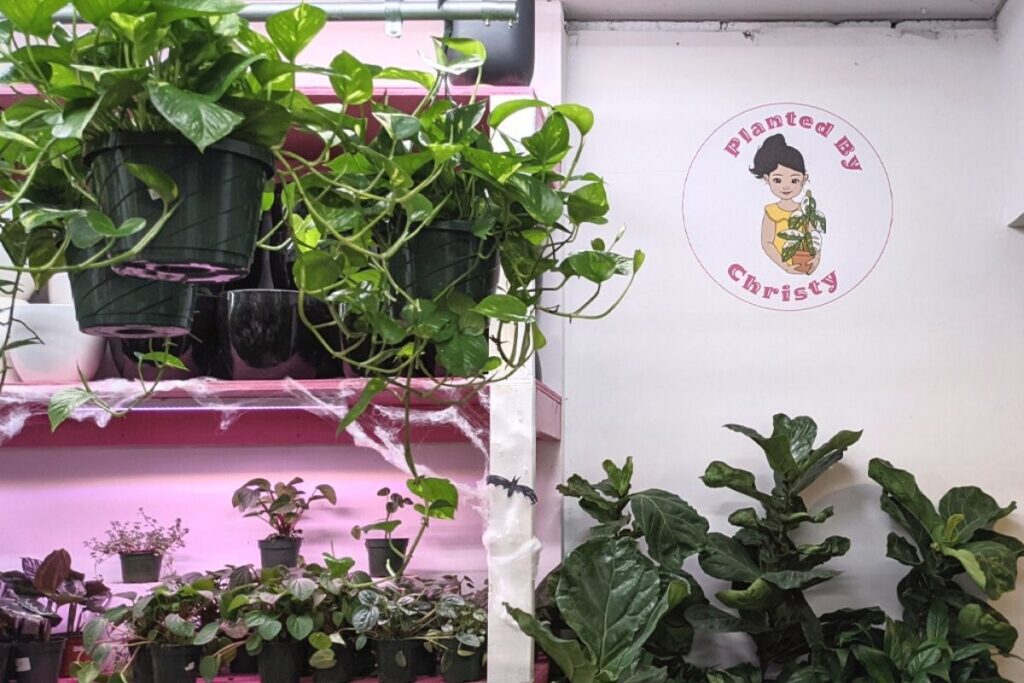
Q: What is your favorite plant from your collection?
It’s very hard to answer, my plants are my babies and I like them for different reasons. Sometimes I like the texture of the leaves, or the color, the way the leaf is shaped, or any color or variegation. So it is really hard to pinpoint just one.
But one plant that does stick out is my monstera siltepecana el Salvador and it has nothing to do with the fact that it is a gorgeous plant. It is a plant that I purchased after my grandmother passed away and she was a big plant person. So for some reason, I have this strong connection to this one plant and that’s why I’m always gravitating towards that one plant. I feel like I can feel her spirit in the plant and that’s actually helping it grow.
PRO TIP: This makes a great gift for plant lovers 😉
Post interview thoughts
There are so many different kinds of philodendrons and the one that people are most familiar with is the heartleaf philodendron. The dark green heart shaped leaves are the hallmark of this plant and it is very forgiving when it comes to caring for it. Often, the heartleaf philodendron is confused with the green pothos because they look the same. A telltale sign that a plant is a vining philodendron is if it has a papery sheath, called a cataphyll, around a new leaf.
Another common philodendron variety is the philodendron Birkin, as well as the philodendron Xanadu, philodendron micans, and the split-leaf philodendron bipinnatifidum. Any one of these is easy to buy at your local plant store and it would be a great introduction to philodendron care.
And when you do decide to level up your plant game and buy a rare philodendron, remember you need a humidifier and grow light to mimic the conditions the plant would get in its natural environment. Plus, you will have to pay more attention to it. But once you get the hang of it, you will have a beautiful plant that you can be proud of!
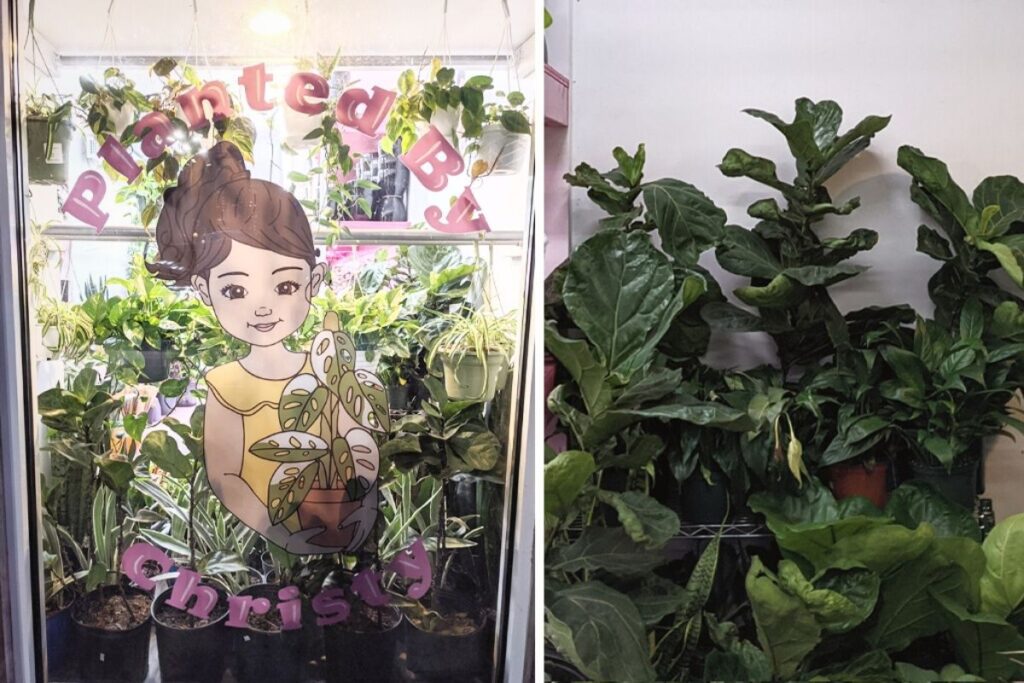
Planted by Christy
Get in touch: https://plantedbychristy.com/
On Instagram: @planted_by_christy
On Facebook: @plantedbychristy
Shop our recommendations
- The Best Hydroponic Tower For Indoor Gardening
- 10 Best Worm Composter Bins For Easy Homemade Compost
- The Best pH Meter For Soil
- The 6 Best Dehumidifiers For Grow Tents
- The Best Complete Indoor Hydroponic Grow System
- 5 Best Grow Light Strips For Indoor Plants
- TESTED: Aerogarden vs Click and Grow Smart Garden
- Our *hands on* MARS HYDRO TSW 2000 review (with photos)
- 7 Best Hygrometers For Indoor Plants
- The Best Coco Coir For Your Plant’s Healthiest Root System Ever
- Tags:
- Easy-Care Plants

